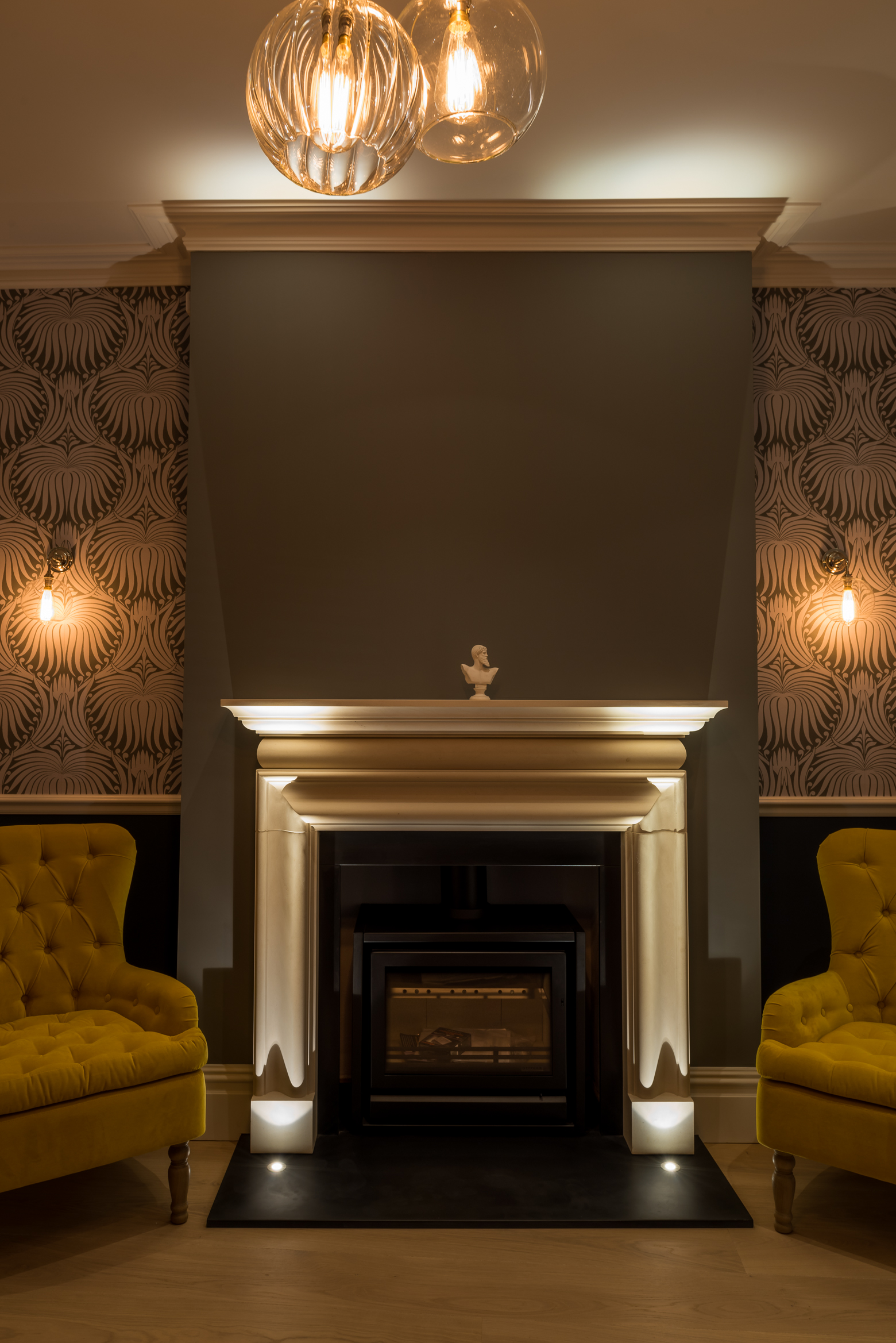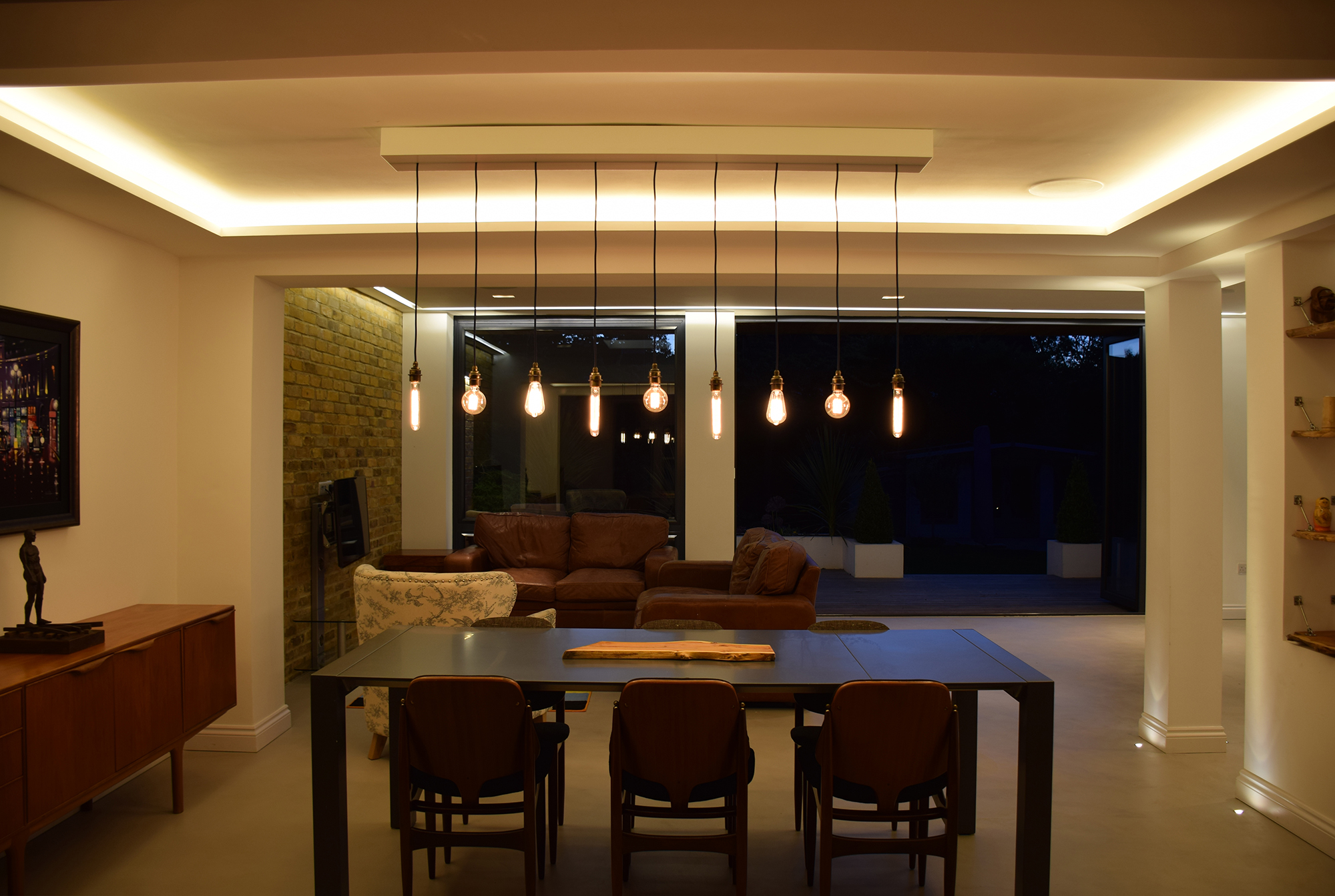Lighting a home is very different from lighting a commercial property. Some parallels can be drawn between hotels and residential lighting, but even they are very different. However, there are several key techniques that will help improve any lighting in a home, and these can even be applied without having to rewire the entire building.
Design with light...and shadow
Good lighting in a home is not about providing light everywhere, but really providing lighting to the right places. Even lighting will end up producing a bland lighting scheme, with the space appearing flat and uninteresting. Having light highlighting the correct areas, and leaving others in shadow is what creates the atmosphere.
Identify the key spaces
Identify where light is needed. This could be features in the room, such as artwork hung on the wall, architectural features such as columns, or task areas like a kitchen island. Work out how to light these, rather than apply lighting to the whole space. Keeping the lighting targeted to these areas will enable you to pick light fittings which are appropriate to that space, and avoid having unnecessary lighting in the room.
Adding atmosphere to an existing room
Rewiring can be a huge amount of work, but adapting your existing scheme to offer more targeted light can work for any space. For example, targeted lighting can be added to a seating area by using table or floor lamps with a solid shade directing the light onto the chair. Pendants can be moved by replacing the existing fitting with one with a longer cable, and then hanging it in the new position with a hook fixed to the ceiling.
To hear about more information as we release it, please sign up to our newsletter.



